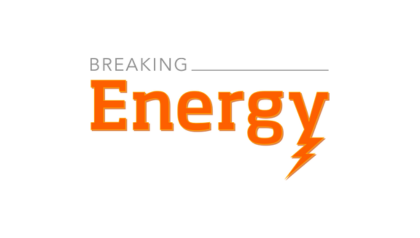Despite impressive gains, policy uncertainties prevail
First, the good news: Global investments in new clean-energy capacity will total $1.61 trillion through 2020 according to the International Energy Agency’s (IEA) latest annual renewable report. The Paris-based agency predicts annual investment in wind, solar and biomass to average $230 billion. This will boost renewables’ contribution to about 26% of global electricity generation by the end of this decade from about 22% today – mostly from hydro generation.
Growing, but not as fast as it used to: Global renewable electricity production by region, historical and projected
Now the not so good news: The global renewable expansion will slow over the next 5 years unless lawmakers provide clear conditions and policy certainty. IEA believes that future investments are likely to fall from the $250 billion in 2013 and the pace of development to slow even though technology costs continue to fall.
“Policy uncertainty remains a key challenge to renewable deployment,” according to Medium-Term Renewable Energy Market Report, just published. “Unanticipated changes to incentive schemes represent a risk that investors cannot manage, and can lead to elevated financing costs and boom-and-bust development patterns.”
Two different worlds, vastly different outlook: Cumulative change in gross power generation by source and region, 2013-20
What is stunning about renewables, as for everything else, is that the overwhelming action is going to take place outside dormant OECD countries, where there is little growth to begin with. IEA says that around 70% of new renewable power generation between 2013-2020 will come from non-OECD markets (graph above).
Investors in the European Union face uncertainty over renewables policy post-2020 and the progress of a pan-European grid to ease the integration of clean-energy plants, it said. Similarly in the US, there is policy uncertainty at the state level on the status of renewable portfolio standards (RPS) after the current targets are met. The same applies to production tax credit for wind and investment tax credit for solar.
Without naming names, IEA is clearly referring to significant downward adjustments in Germany, Spain and a number of other countries to rein in overly generous and unsustainable renewable subsidy schemes. In the US, the production tax credit (PTC) for wind has expired a number of times and investment tax credit (ITC) for solar is expected to expire in 2017.
IEA Executive Director Maria van der Hoeven said, “Renewables are a necessary part of energy security,” adding, “Many renewables no longer need high incentive levels. Rather, given their capital-intensive nature, renewables require a market context that assures a reasonable and predictable return for investors.”
Where is the growth? Renewable electricity annual net capacity additions, historical and projected
Clearly, renewable costs have declined to levels that make them competitive with fossil fuels in many markets when measured on levelized cost of energy (LCOE) as illustrated on graph on right, where some utility scale renewables are close to competitive on selected wholesale markets, for example in Italy.
In parts of the world, new power purchase agreements (PPAs) for renewables are now on the low end of the market clearing prices in wholesale auctions.
IEA says, “Overall, policy remains vital to the competitiveness of renewable technologies.” A recent report from the Lawrence Berkeley National Laboratory (LBNL), covered in the Sept 2014 issue of this newsletter, reached similar conclusions looking at the boom-and-bust cycles in US wind development as the federal production tax credit (PTC) has repeatedly expired and extended over time, making financing a challenge for developers and investors alike.
Renewables increasingly competitive with fossil fueled generation: Levelised costs of electricity (USD per megawatt hour [MWh]), beginning year
The LBL study, however, indicated that PPA contracts executed in 2013 for wind in the US were cost-competitive with fossil-fueled energy in some wholesale markets. PPA contracts for wind, which were as high as $70/MWh in 2009-10 had fallen to $25/MWh in 2013. Wholesale prices in 2013 varied in the range of $20-50/MWh, making wind an attractive option. Of course, wholesale prices vary from one market to another and rise and fall due to fluctuations in demand, ambient temperatures and cost of fossil fuels, particularly natural gas prices.
Constraints in China, the biggest emitter of greenhouse gases and also the largest solar-energy market, include lack of spending on the electricity networks and the cost and availability of financing.
While hydro remains the single biggest contributor both in terms of capacity and generation, wind and solar are projected to grow through 2020 (table on right). Solar PVs, for example, are projected to exceed 400 GW by 2020, generating nearly 500 TWhs.
Impressive, but not enough: World renewable electricity capacity and projection (baseline case) (GW)
Slower growth means there may not be enough renewable capacity to meet global climate-protection objectives, the IEA said. Politicians worried about the cost of deploying renewables should think again.
Published Originally in EEnergy Informer: The International Energy Newsletter October 2014 Issue.







